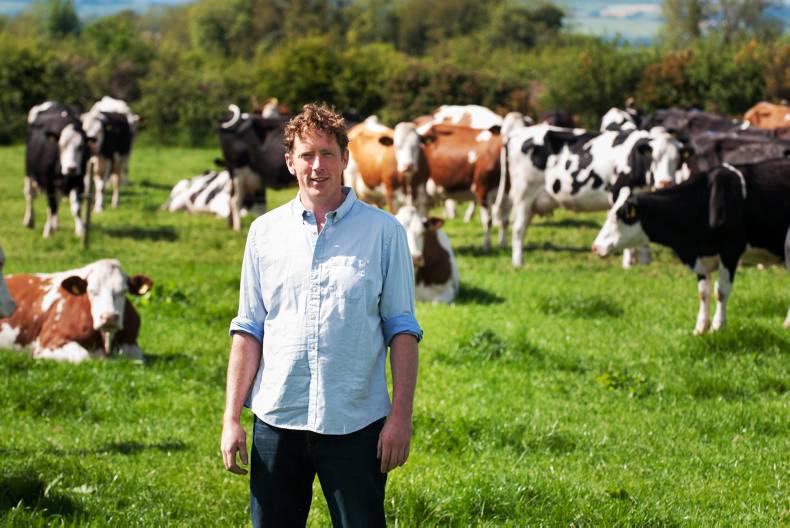Well yes, it does sound easy, and it’s probably the most important job on any dairy farm. But I am sure most farmers would agree with me when I say that I’d prefer to be picking stones.
Recently I was one of six farmers asked to speak in the financial village at Moorepark 2015 on the importance of cashflow budgeting. All six farmers and a handful of Teagasc staff took part in a conference call about a week before the event just to have an informal chat about cashflow planning.
I think everyone agreed that a great burst is made each January to complete the profit monitor and budget for the year ahead and then, particularly for spring-calving dairy farmers, once calving begins, the priorities are cows, calves, weather and sleep. The consensus was that anyone would be lucky to get a chance to look at the cashflow maybe sometime in April or May, but it’s really only from the start of July when things settle down into a nice routine again that cashflow budgeting can be given some proper thought and time.
I would say that cashflow budgeting is not as difficult as one would imagine. It is basically just a tool to help manage the current account, and the first year or two you may be out by a little, and that’s OK. It is just a plan, but it is my plan and I can and will change it as much or as little as needs be. This year milk price is poor but milk volume is up significantly, so I have made as many cutbacks as I can and any capital projects, no matter how small, are on hold.
The chequebook has been put away, I mean locked away. As far as possible, all payments are now made online. This has many advantages for me. First of all it is much cheaper, as cheques cost €1.30 each versus 10c online. Secondly there are no surprise withdrawals when someone presents a cheque for payment some weeks or months after it has been issued.
Most of the other routine payments such as drawings, income tax, loan repayments, phone, ESB, etc are taken care of by direct debit. These are easy enough to predict and should be the first items filled in on the cashflow.
In early January predicting the milk price can be like playing pin the tail on the donkey, but based on advice I take an educated guess and adjust as necessary as the year progresses.
I use software from AgriNet to do my cashflow and keep track of my farm accounts, but I have in the past used the Cost Control Planner from Teagasc. Both products work really well and are easy to use.
The most important thing in my opinion is to make some time for this job. Every dairy farmer should take a stab at setting out what money should be coming in for the rest of the year, and what bills need to be paid.






 This is a subscriber-only article
This is a subscriber-only article






SHARING OPTIONS: